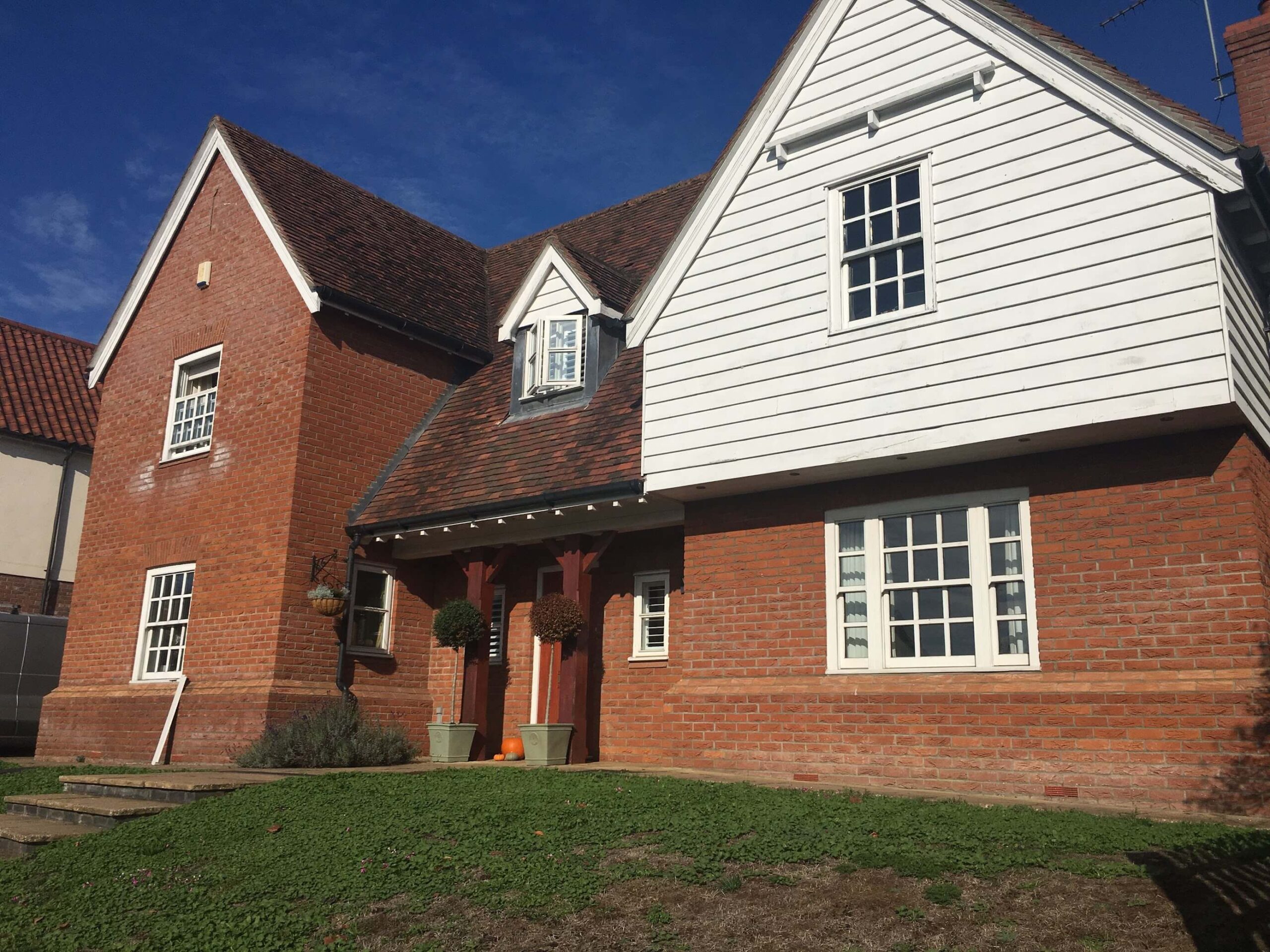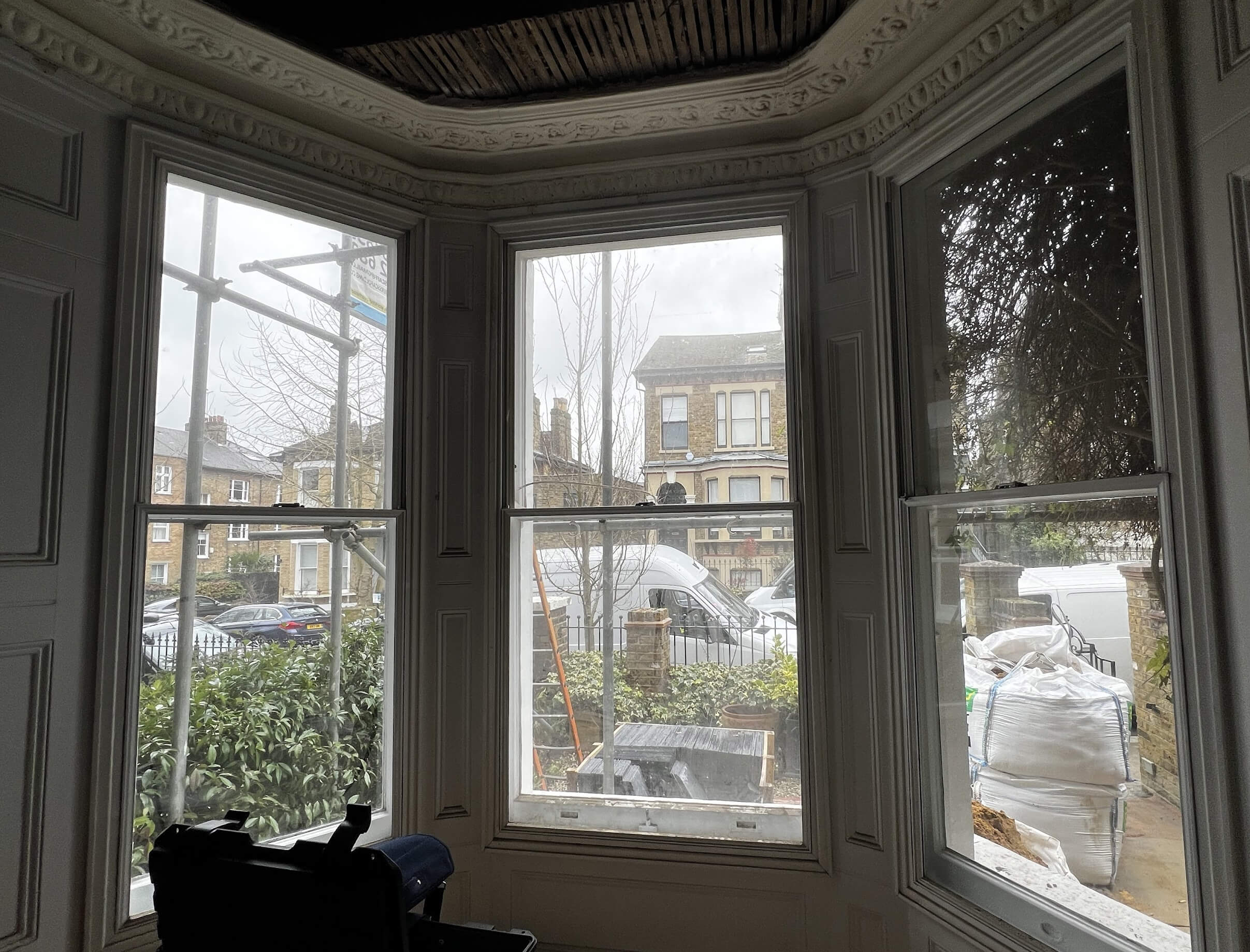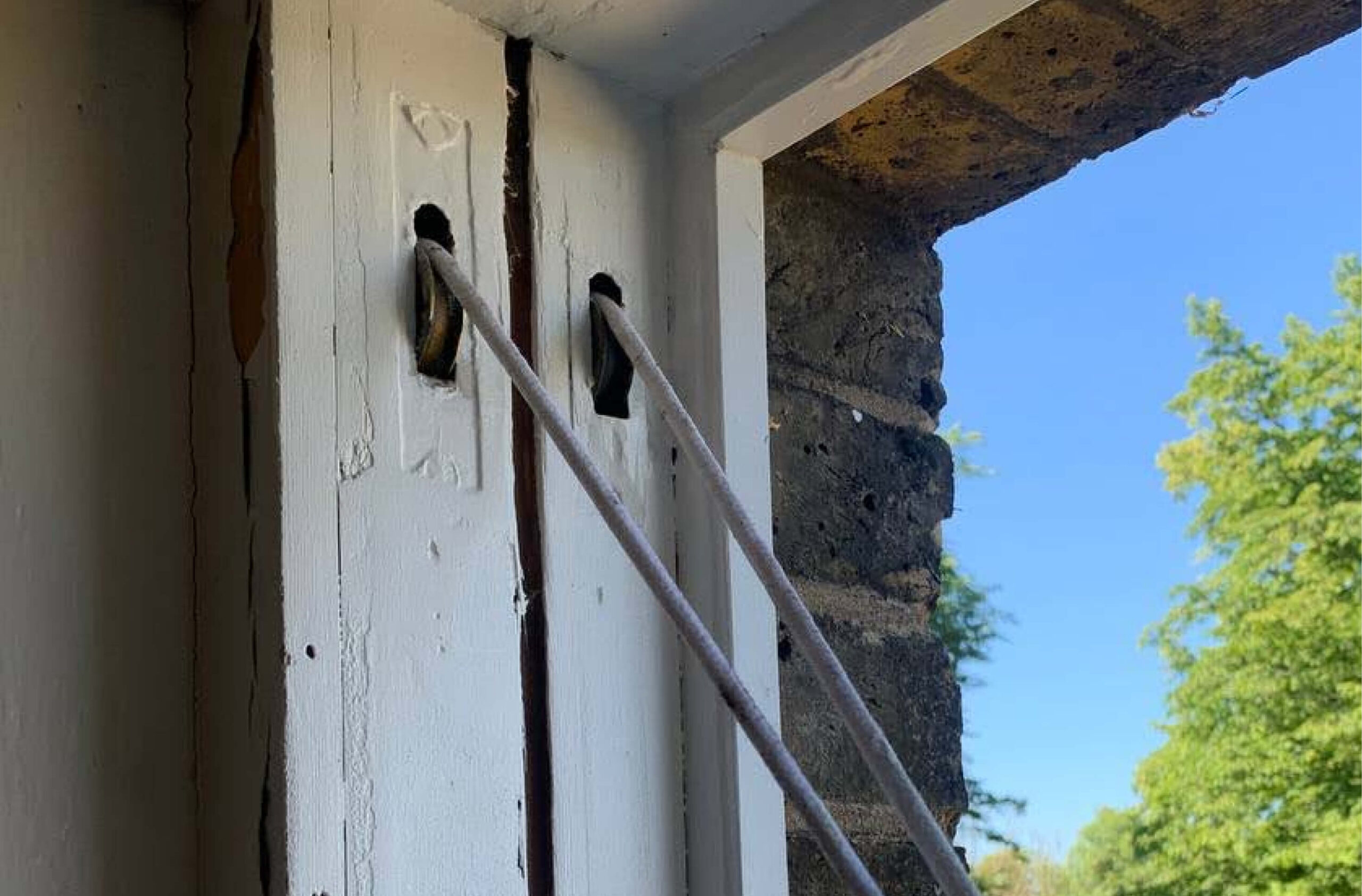Repairing and refurbishing sash windows on listed buildings is almost always preferable to replacing them. Windows are a key architectural feature of many listed buildings, often holding great aesthetic and historic significance. Historic England reminds us that windows:
“… make a positive contribution to the significance of a listed building, they should be retained and repaired where possible. If beyond repair, they should be replaced with accurate copies”.
Original windows can tell us a lot about the tastes, styles and construction techniques that influenced the appearance of the historic buildings we can see today. As such they are an important historic record we need to preserve wherever possible.
Good quality wooden windows can last for centuries
Old wooden windows were usually very well made by skilled craftsmen using high-quality timber, often from the old-growth forests of Northern Europe.
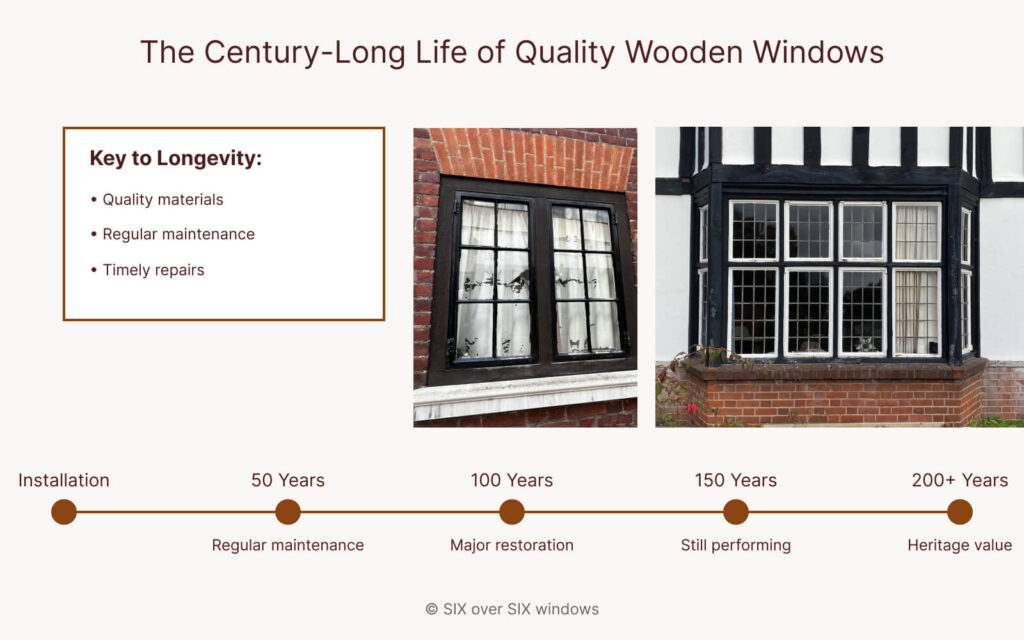
A good quality wooden window can last for centuries if it is well maintained – many years longer in fact than uPVC windows. It would be a mistake to think that a repaired window is going to be inferior to a new window; skilful repair and regular maintenance can preserve the life of a historic window pretty much indefinitely.
And there are of course significant historic, environmental and economic arguments for repair rather than replacement.
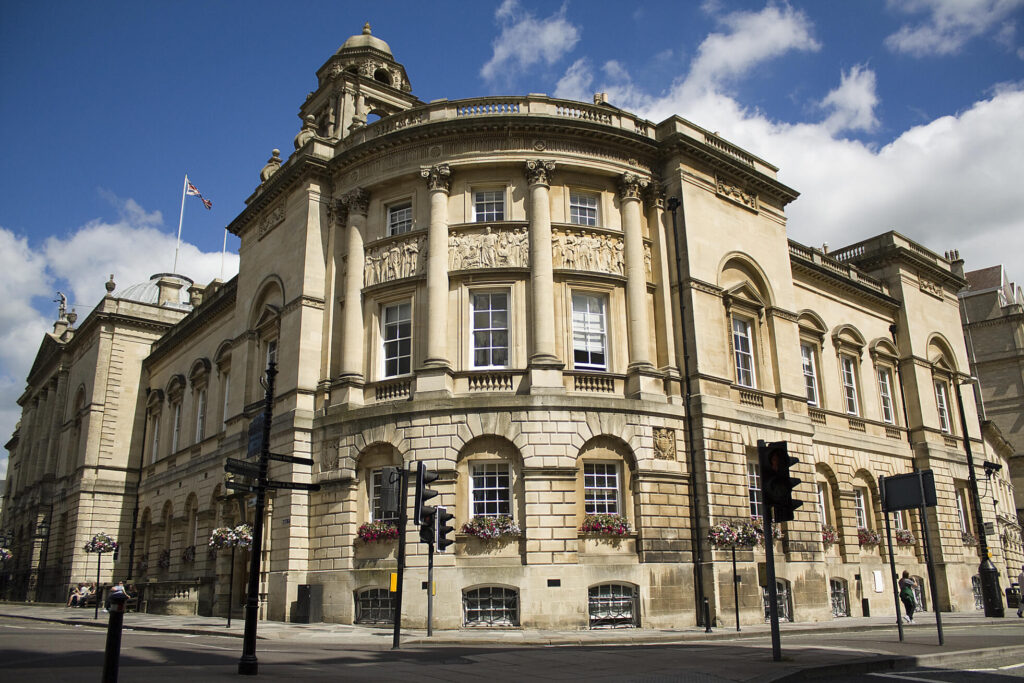
Any work done on the windows of listed buildings and buildings in conservation areas should be done ‘sympathetically’ with care, skill and understanding. ‘Minimal intervention’ is a key principle we should all follow.
What do we mean by restoration?
Our clients are often surprised by the scope of what can be achieved by sash window restoration, and the number of situations where restoration is a far better alternative than replacement.
Restoration work can include:
- Refurbishment or replacement of pulleys, sash cords and weights
- Replacement of damaged or defective paintwork, putty, glazing and beading
- Replacing damaged or rotten sills, frames and other woodwork. The high-quality timber found in old sash windows is often largely intact behind superficial damage and decay. Timber-to-timber joinery repairs, sometimes in conjunction with epoxy resin systems, become invisible once the window is repainted
- Repairing damage caused by structural movement
- Locking mechanisms and other hardware are commonly replaced
- Decades of use, painting and perhaps some unsympathetic repair work may leave windows stiff, draughty and difficult to use: damage caused by drilling for cable entry is common. Restoration will eliminate these problems.
Modern restoration techniques – when done professionally – can also enhance and improve the performance of historic windows. For example:
- Secondary glazing can be fitted to improve thermal efficiency and reduce noise.
In some cases, slim-profile double-glazing can be used to replace damaged glass. Astragal bars, applied to the surface of modern glazing, can replicate the appearance of traditional Georgian multi-pane designs, ensuring historical authenticity while incorporating energy-efficient solutions. We should keep in mind though that glazing can itself have a ‘heritage value’ – for example hand-made glass – and should be preserved wherever possible - Sash window restoration also provides several options for draft proofing to further reduce heat loss. Professionally installed brush seals can significantly reduce draughts and window-rattling
- Traditional sash window fasteners provide low levels of security; lockable, ‘arm’ or ‘claw’ fastenings can be added to improve security and meet modern building insurance requirements
What you can and can’t do with listed building windows
Let’s quickly review why particular types of buildings might be listed. In principle, the older a building is, and the fewer the number of surviving examples, the more likely it is to be of architectural or historical interest, and – therefore – the greater chance there is of it being listed.
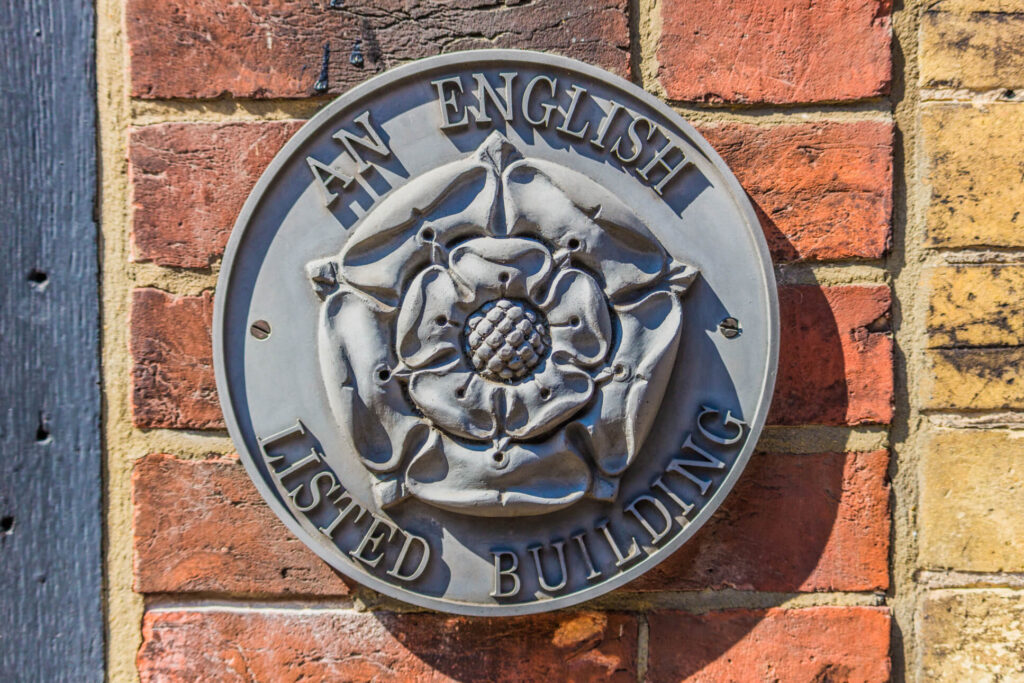
We can summarise the broad criteria like this1:
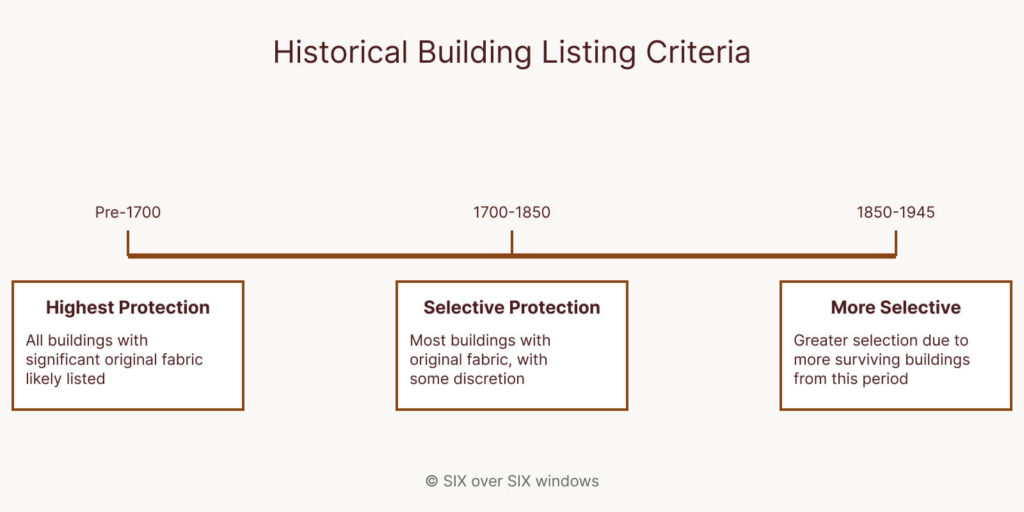
- From before 1700; all buildings that retain a significant proportion of their original fabric are likely to be regarded as being of special interest
- From 1700 to 1850; most buildings that retain a significant proportion of their original fabric are likely to be regarded as being of special interest, though some discretion is necessary
- From 1850 to 1945; because considerably more buildings from this period survive, the progressively greater selection is necessary to decide which merit listed building status
Grade I listed buildings are of significant historical interest – for example St Paul’s Cathedral. Grade II* listed buildings account for 5.5%, and are of particular interest. The remaining listed buildings are classed as Grade II. The work we undertake covers Grade II listed buildings and conservation area properties.
Conservation areas
Listing building status generally applies to individual properties; in conservation areas groups of properties have been identified as having the definite architectural quality or historic interest – for example historic villages, or particular suburban areas.
There are about 10,000 conservation areas in the UK. Here, the local council places additional restrictions on what can be done to buildings within a conservation area – including replacing windows.
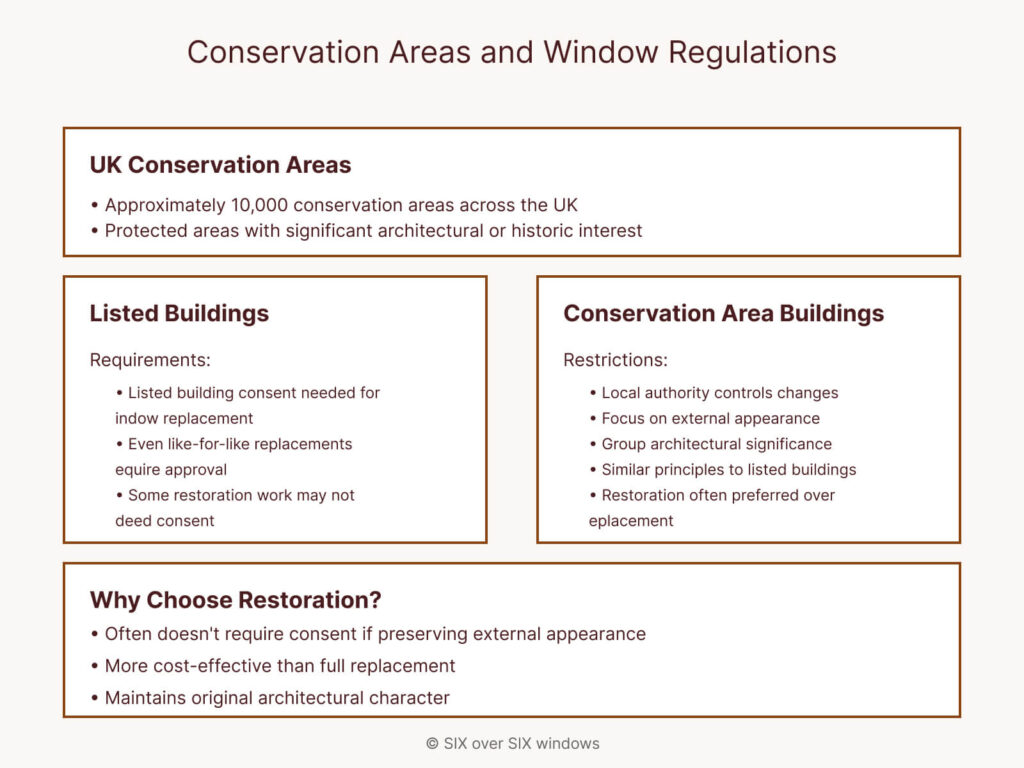
Some restoration work can be done without listed building or local authority consent; primarily work which does not affect the outside appearance of the windows.
But, as a general rule, replacing windows on a listed building (even a like-for-like replacement) is likely to need listed building consent, whereas not all restoration work does. The same general principle applies to buildings in conservation areas. This is another reason why restoration may be a better option than replacement, and refurbishment is going to be cheaper than replacement.
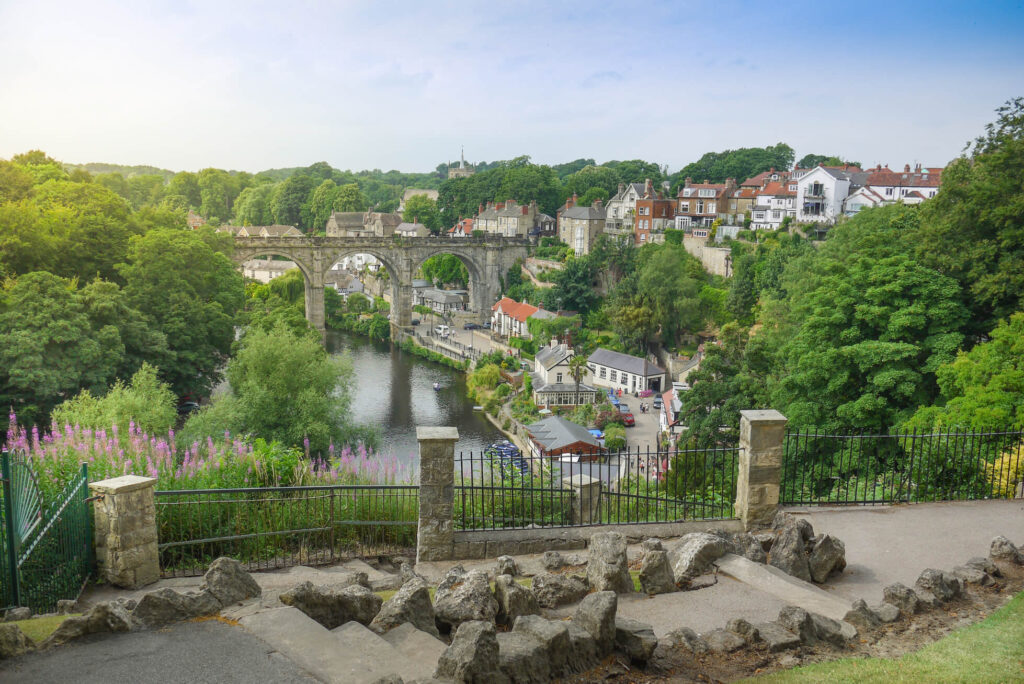
Generally, minor repairs to listed building windows should be permitted without consent from your Local Authority; for example painting frames, overhauling internal fittings like pulleys, and internal changes like secondary glazing.
Timber frames can be repaired, providing the original appearance of the window is not altered, and new glazing can be fitted, if of similar thickness to the original glass. In general, work undertaken with the intention of restoring a building, rather than altering it, is allowed.
Unfortunately, there is no definitive guide to exactly what can be done to a listed building and what is permissible within a conservation area. It is important that a property owner contacts their local authority to discuss necessary building and planning consents before any work begins.
A Local Council has the power – enforceable by law – to compel a property owner to ‘undo’ any work which has been undertaken without the necessary consents.
Summary
Two key takeaways from this article are:
- There are aesthetic, architectural, environmental and financial reasons why refurbishing or repairing sash and other types of windows is usually preferable to replacement.
- The refurbishment will involve fewer planning issues than replacement – especially on buildings of historical significance and those in conservation areas. But. always check with your local planning department before any work commences.
References: https://assets.publishing.service.gov.uk/

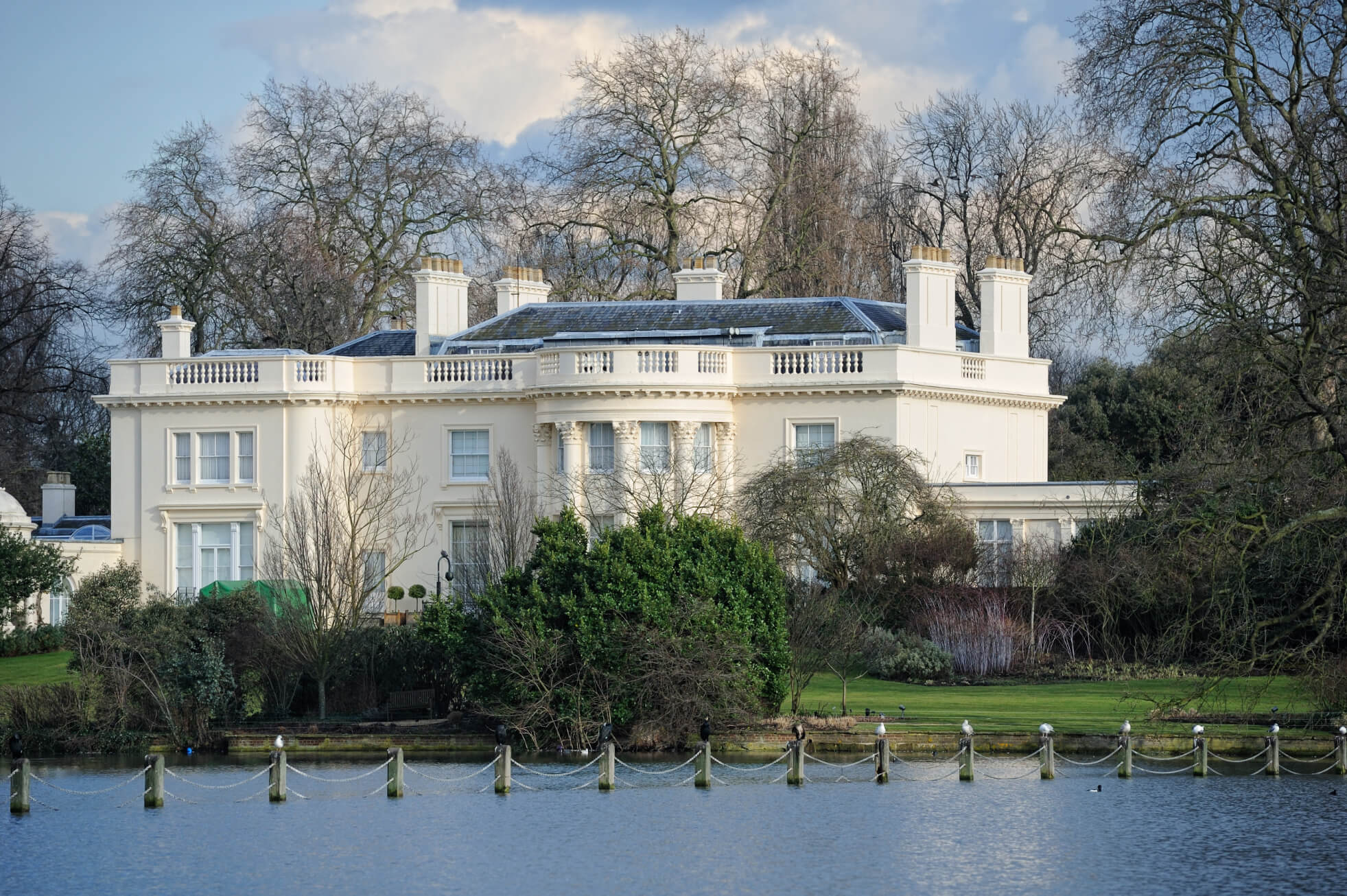
 Adam Brick
Adam Brick